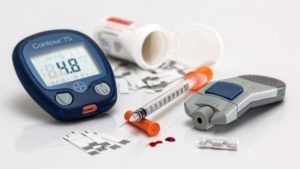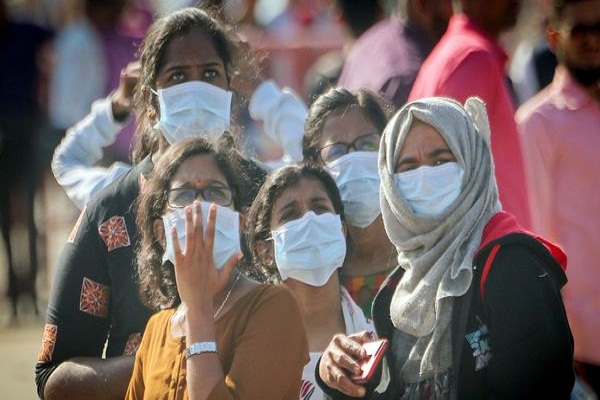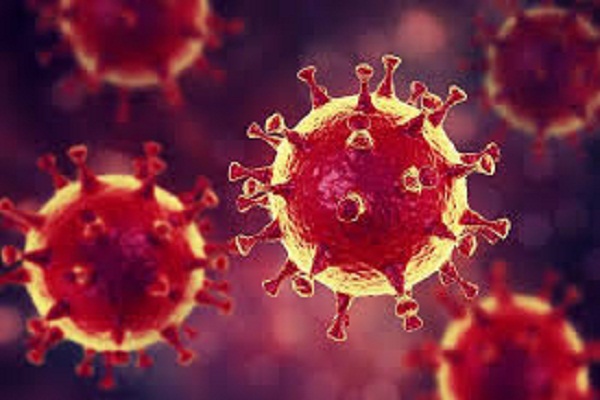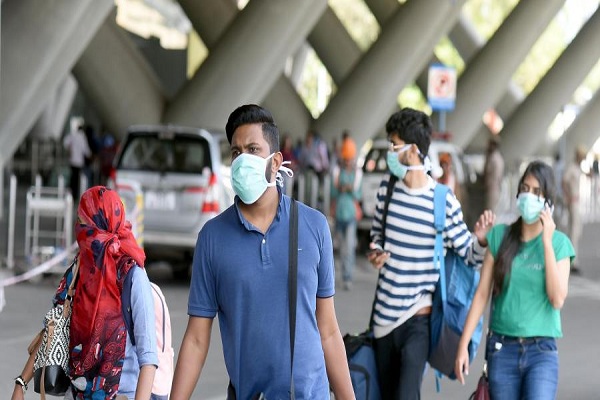
Diabetes in children is increasingly becoming a cause for concern. Type 1 diabetes is a type of diabetes that affects children in which the body isn’t able to produce an adequate amount of insulin required for healthy hormonal function.
 It can be a little challenging for both parents and the kids to get used to injections and adjusting to a particular lifestyle to accommodate the diagnosis of diabetes. However, proper care and treatment are crucial to both mental and physical well-being of the child and parents.
It can be a little challenging for both parents and the kids to get used to injections and adjusting to a particular lifestyle to accommodate the diagnosis of diabetes. However, proper care and treatment are crucial to both mental and physical well-being of the child and parents.

When a child is suffering from type 1 diabetes, he/she shows some of the below-mentioned symptoms:
- Feeling thirsty all the time – Due to excess sugar level in the blood, all the fluid from the tissues is pulled out. Thus, the kid feels more thirsty than usual.
- Frequent urination – Due to the increased consumption of water, the kid tends to make frequent bathroom visits.
- Increased appetite – Due to a lack of insulin, the child’s muscles and organs are low on energy as a result of which the child feels the urge to eat more often.
- Weight loss – In many cases, despite an increased appetite, the child tends to lose weight drastically in a matter of few days. Due to abnormal sugar level in the body, the fat reserve and the muscle build shrinks. Rapid and sudden weight loss is the most prominent and earliest of symptoms seen in children with type 1 diabetes.
- Blurry vision – Due to increased sugar level in the blood, fluids from the eye lenses are pulled back which makes it difficult for the child to focus his eyesight on a particular point.
- Fatigue – Low sugar level in the body tends to make the child feel lethargic and tired.
- Yeast infection – Type 1 diabetes is known to cause yeast infections in the genital areas of children. Toddlers are prone to catch infection and rashes in the diaper wearing areas.
- Behavioural changes – Mood swings, inability to concentrate, irritation and weak performance in studies and activities may all be signs of a child with type 1 diabetes.
The immune system of the body which is responsible to fight any foreign bacteria and infections mistakenly starts destroying the islet cells in the pancreas. The islet cells are responsible for producing insulin in the body. Environment and genes are a causal factor for this problem. When the islet cells are destroyed, the body is no longer capable of producing the required amount of insulin, thus causing glucose to accumulate in the bloodstream as a result of which the child becomes diabetic.
Both parents and the child need to formulate a new routine and care-taking plan in order to tackle the problem of diabetes. The most important factor is to keep checking the blood sugar levels regularly throughout the day and keeping it in control.

The meals need to be on time and it should be more frequent. A better diet plan and the activity levels that a child requires to stay healthy are all to be kept in mind.
Monitoring blood sugars with healthy meal and activity are key to successful management of diabetes.
It is advisable that you always carry a snack again as recommended by your endocrinologist at times when blood sugar may fall especially with vigorous activity. The amount of outdoor activity the child is indulging in also needs to be kept in check. Sugar intake needs to be monitored.
However, this does not mean that the child is made to feel sick always. However, monitoring his/her activities and frequent medical check-ups will all help in providing a total care for the child.
(Disclaimer: Writer is Dr Suruchi Goyal Agarwal, Consultant – Paediatrics and Paediatric Endocrinology, Columbia Asia Hospital Whitefield. Views expressed are personal opinion.)
Be a part of Elets Collaborative Initiatives. Join Us for Upcoming Events and explore business opportunities. Like us on Facebook , connect with us on LinkedIn and follow us on Twitter , Instagram.












